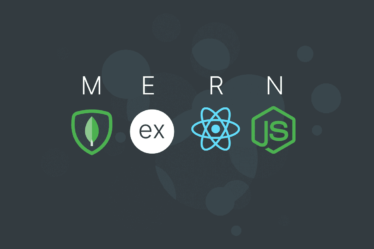Event badges are essential to any conference, trade show, or corporate event. These wearable identifiers are powerful branding assets that can leave a lasting impression on attendees.
A well-designed event badge does not just provide access and security; it reflects on the brand values, creates buzz, facilitates connections, and crafts an exceptional event.
But how exactly do you create eye-catching and memorable event badges? Here are seven tips to help you design badges that attendees will want to wear.

Understand Your Audience
The first step in designing badges is taking the time to fully understand who your badges are for.
Different target audiences respond better to certain styles, colors, and design elements. So, invest significant effort into researching and getting to know the demographics, interests, and goals of potential attendees.
Gather key demographic data like expected age ranges, gender splits, geographic locations, and professional roles. Furthermore, analyze past event audiences and conduct surveys if needed.
This concrete data directly influences important design choices in event badges like color palette, shape and size, visual themes, and typography.
Also, consider why your target attendees are coming and what they hope to achieve or get out of the event. Is it mostly for networking within the industry? For learning and education? To find new products? For celebration and entertainment?
Let the core purpose and motivation for attending guide the overall tone, style, and visual direction of the badges.
Keep It Simple
A common mistake beginners make is trying to cram too many design elements into the limited space of a badge. But keeping your design simple makes your badges more eye-catching and memorable.
Hence, be very selective and minimalistic about what symbolic visuals or text you choose to focus on as the main attention-grabbing elements. Typically, the name or logo of the event itself makes the most sense. Avoid cluttering up the badge with competing or excessive imagery. Think simple and impactful.

Use High-Quality Materials
The materials used to make event badges affect both their look and durability.
Cheap badges fade, tear easily, and feel flimsy. So, for a high-end appearance, choose quality materials that elevate the design.
Opt for sturdy plastic or wood. For plastic badges, look for hard, inflexible plastics like PVC. Also, wood badges are the best if you want a unique, earthy look.
In addition, factor in how attendees will fasten the badges. Options like strong magnets, pins, lanyards, and badge reels all work wonderfully to keep badges secure on clothing.
Sturdy fasteners can add thickness and weight for an expensive, substantial feel.
Incorporate Branding Elements
Event badges present a huge opportunity to establish your brand identity visually. So, be intentional about using design elements that clearly communicate your brand and the experience attendees can expect.
Use your brand colors, typography, icons, and other signature visual elements to create a cohesive look that reinforces your brand identity.
Additionally, displaying your event or company logo prominently on the badge is a no-brainer. Place it front and center so it can’t be missed. The logo will create instant brand awareness.
Make It Functional
While aesthetically pleasing badges attract attention, function should not be sacrificed for form. Effective badge design requires readability from afar, ample space for necessary details, and features that improve the attendee experience. Use large, high-contrast fonts that are easily readable at a glance.
Thus, ensure adequate room for the attendee’s name, organization, location, and other pertinent information that helps facilitate networking. Consider creative extras like QR codes to simplify event check-ins, access to digital content, or gamification for interacting with other attendees.
Prioritizing utility establishes trust and gives attendees the tools to readily access what they need, even from several feet away.
Personalization
Event badges can deepen engagement when designed with the individual in mind. Employing basic personalization – a person’s name, company or group affiliation, or geographic ties, for example – tethers the badge to their unique identity and past experiences.
Such thoughtful components woven into these outward credentials forge an underlying connection, transforming an otherwise generic token into a representation of belonging, inclusion, and a shared journey that will render the proceedings truly unforgettable.
Subtle efforts to tailor these markers to the distinct essence of each participant can profoundly shape an empowering sense of community.
Get Feedback
Before finalizing your event badge designs, solicit feedback. Get constructive input from event organizers, past attendees, vendors, venue staff, and any relevant accessibility groups to help refine the badges.
Be willing to go through multiple iterations and make changes according to insightful feedback. Fresh eyes on a design inevitably lead to worthwhile improvements and more inclusive attendee experiences.
Final Thoughts
Well-designed event badges play a vital role in enhancing the experience at any conference or gathering by serving many purposes beyond identification.
When thoughtfully created, they can become cherished keepsakes that evoke positive memories for years. The tips aim to provide useful guidance when embarking on the badge design process to create designs that contribute to an exceptional shared event experience.



